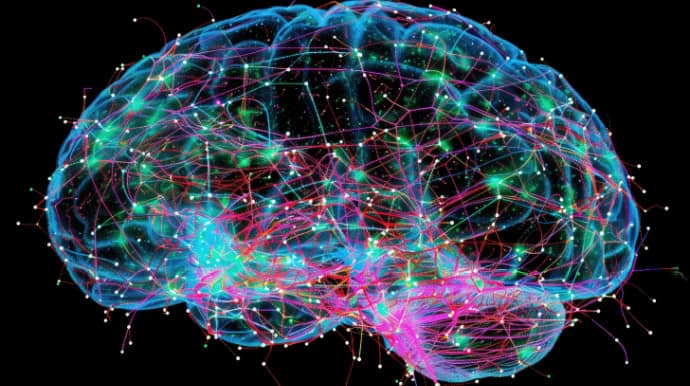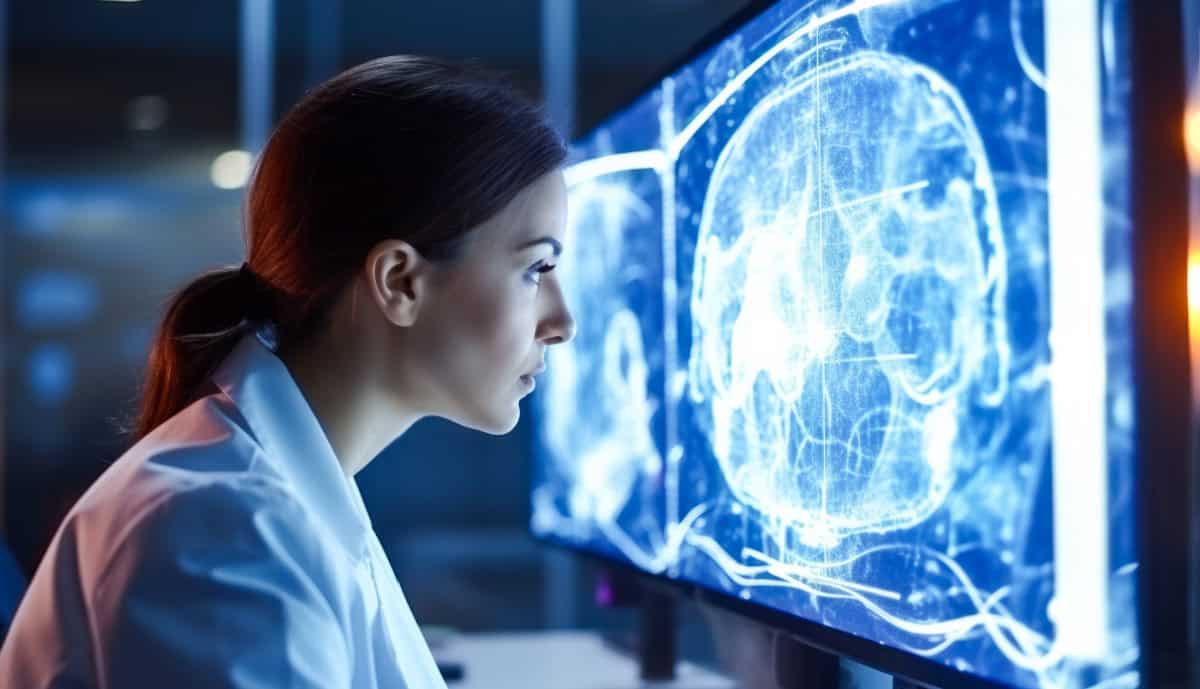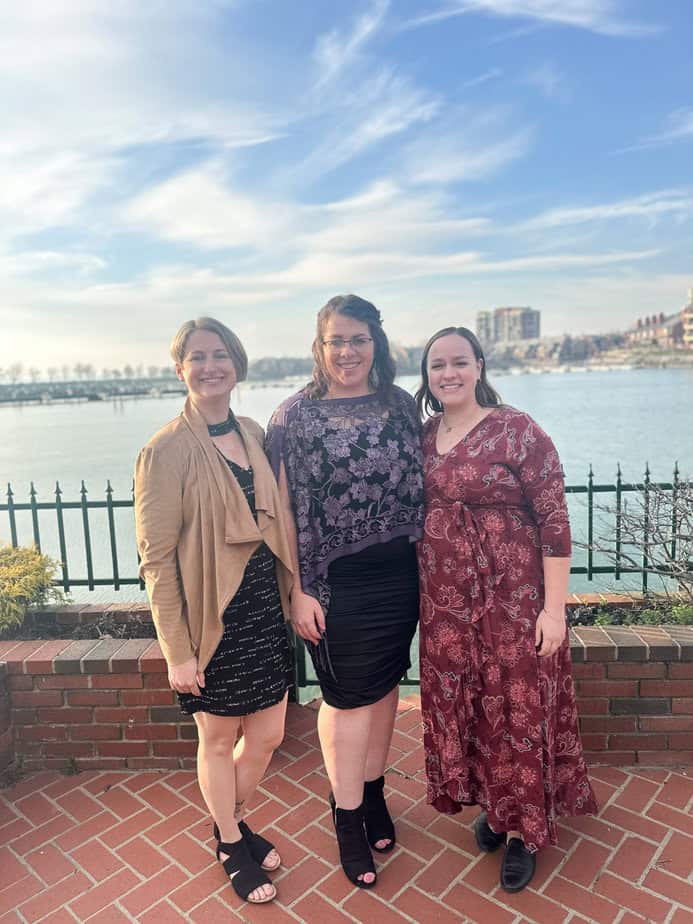Upper Body Spasticity Rehabilitation in Buffalo, NY
What is spasticity or spastic hemiplegia?
Muscle Tightness or Stiffness
Muscle Tightness or Stiffness
The sensation of muscles feeling rigid or difficult to move.
Limited range of motion in one or many joints (upper or lower body)
Muscle Weakness
Muscle Weakness
Reduced muscle strength accompanies spasticity, but weakness can be on both sides of the body after a stroke.
AKA hemi- or para-plegia.
Fatigue or Tiredness
Fatigue or Tiredness
Tiredness or Exhaustion that often accompanies muscle over activating and doing daily activities with generalized weakness.
What causes spasticity or spastic hemiplegia?
Stroke causes brain damage
A stroke disrupts blood flow to parts of the brain responsible for controlling muscles. When these brain cells are damaged, they can no longer communicate effectively with the body, leading to muscle control problems.
Damaged brain areas
The stroke damages the brain’s motor pathways that normally send signals to muscles. Think of it like a broken wire in a circuit; the signal can’t get through properly, causing faulty movement.
Loss of muscle control
Because of this damage, the brain can’t properly control muscles, leading to abnormal signals being sent to the muscles. It’s as if the brain is sending the wrong instructions, causing muscles to tighten when they shouldn’t.
Overactive reflexes
Without proper control, reflexes in the muscles become hyperactive, making them contract involuntarily. It’s like picking up a weight to do a bicep curl and seeing your bicep contract, except spasticity makes the muscle contract like that without picking up a weight.
Muscle stiffness
These constant, involuntary contractions lead to muscle tightness and stiffness, causing spasticity. This is similar to when your muscles feel stiff after a workout, but in spasticity, the tightness doesn’t go away, making movement difficult.
Can it be helped? Is there hope?

Is there hope for continued recovery or to see improvement if you have spasticity?
Neuroplasticity Continues After the First Six Months: Research shows that neuroplasticity, the brain’s ability to reorganize itself by forming new neural connections, continues well beyond the first six months after a stroke. This means that recovery can occur even years later, given the right interventions like task-specific training, repetition, and functional activities .
High-Intensity Repetitive Practice Leads to Functional Gains: Studies have found that repetitive, high-intensity practice of motor skills, especially task-specific activities like grasping or walking, can improve functional recovery even long after the initial stroke period. This includes techniques such as constraint-induced movement therapy (CIMT), where patients are encouraged to use their affected limb in a focused manner to promote neural adaptation.
Bilateral Training Promotes Symmetry in Motor Recovery: Using both limbs together in training, rather than solely relying on the unaffected arm, has been shown to enhance motor function in the affected limb. This bilateral training can help retrain the motor cortex and promote more symmetrical recovery .
Non-Invasive Brain Stimulation Can Enhance Motor Recovery: Techniques like transcranial direct current stimulation (tDCS) and repetitive transcranial magnetic stimulation (rTMS) have been demonstrated to enhance motor recovery by promoting neural plasticity and modulating brain activity in motor pathways, often in combination with rehabilitation exercises (we hope to bring this to the clinic as soon as it is available).
Active Participation and Task Engagement Matter: Engaging in meaningful, purposeful activities leads to better motor recovery outcomes. Active participation in motor tasks activates the brain’s reward systems, which in turn supports further neural reorganization and recovery.
Continuous Learning and Adaptation are Possible: Just as the brain learns new motor skills throughout life, it can relearn and adapt after a stroke. This is called adaptive plasticity, and it’s the foundation of most modern stroke rehabilitation therapies. The ability to form new neural circuits in response to rehabilitation continues indefinitely.
Who you choose as your neurological therapist is extremely important to your recovery. Ensure your therapist understands spasticity, your diagnosis, and is up-to-date on research related to neurological recovery!
Establish Buffalo OT as your Spasticity Recovery and Management Provider



Why choose Buffalo Occupational Therapy for Neurological Management of Spasticity or Spastic Hemiplegia?
+ Buffalo OT is a small woman-owned and operated private practice dedicated to neurological recovery.
+ We are dedicated to continued education, learning the latest research on neuroplasticity and neuromotor potential.
+ We take the time to listen to you, review your medical records, and educate you on each part of your neurological recovery and wellness journey.
+ We have developed expertise related to the brain, how the brain behaves, and how our interventions can directly impact cognition and movement.
+ We address the mental health and emotional needs that arise throughout the recovery journey as we believe this is extremely important to physical healing.
+ We care deeply for each individual that establishes care at Buffalo Occupational Therapy. You aren’t a number, you don’t disappear after you reach your goals, you are part of our lives. Neurological healing requires a strong and vulnerable relationship with your medical team, and building rapport is essential to the therapeutic process.
